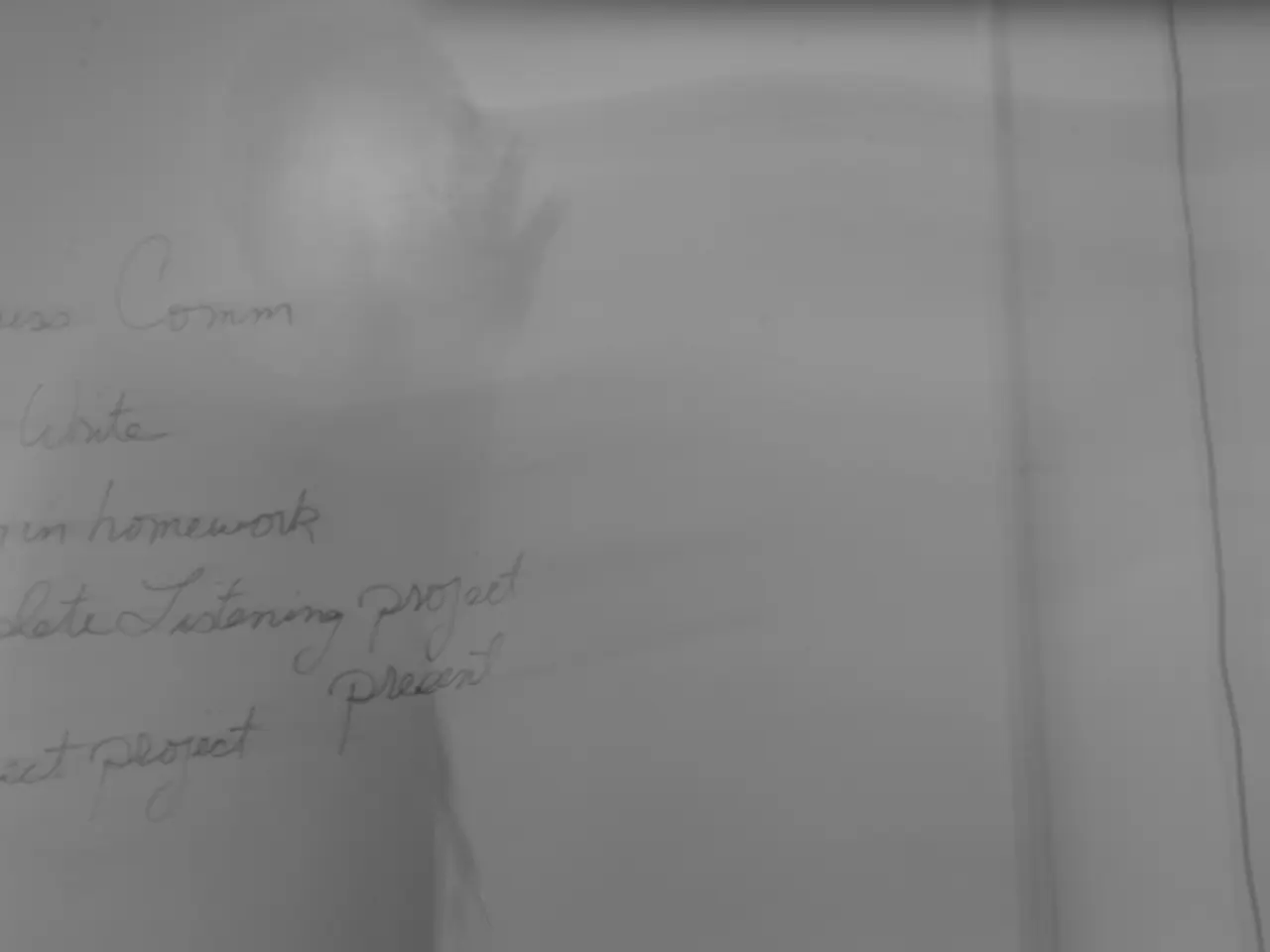IRS Secures Two More Victories in Microcaptive Tax Shelter Cases, Specifically in Kadau and CFM
In two recent U.S. Tax Court cases involving microcaptive insurance companies, the court has denied the benefits typically afforded to insurance companies due to several common issues.
The first case, Kadau v. CIR, involved an engineering company that paid premiums to its affiliated captive managed by RMC. The captive arrangement failed due to reasons such as circulation of funds back to the owner, undercapitalization, unrealistic actuarial premium calculations, unreasonable policies, and a primary investment in a life insurance policy on the taxpayer. The actuary in the Kadau case was Marn Rivelle.
The second case, CFM Insurance, involved owners of a Chicago grocery store chain creating a Utah captive to cover various risks. Despite reasonable premiums, the payment and issuance of policies in the CFM case were problematic. The Tax Court found that the taxpayers did not reasonably rely upon RMC and Rivelle, but deferred a ruling on penalties.
The primary difference between the Kadau and CFM cases is that the Kadau taxpayers simply relied on the promoter of the captive and its hired actuary for the proper tax treatment, while the taxpayers in the CFM case sought advice from their own CPA. The captive arrangement in the CFM case had sufficient risk points to meet the risk distribution requirement, but the shoddy running of the captive in terms of policy issuance and payment was its doom.
The Tax Court's decision in the CFM case indicates that 831(b) risk-pooled microcaptives are still likely to be deemed dead on arrival at the U.S. Tax Court. The 831(b) election made by the captive in the CFM case would be held ineffective, and the premium payments made to the captive would not be deemed as "insurance".
The court has emphasized the importance of risk distribution in determining whether an arrangement constitutes insurance. Microcaptives often fail to meet this criterion because they do not pool a sufficiently large collection of unrelated risks. Additionally, microcaptives frequently lack the operational practices expected of a genuine insurance company, such as regularly issuing valid policies, timely premium collection, and proper handling of claims.
There is often evidence of a circular flow of funds and a lack of arm’s length pricing in transactions between microcaptives and their related entities, suggesting that the arrangements are not conducted at fair market value. Furthermore, the premiums paid into microcaptives are frequently not determined by actuarial calculations, which further undermines their status as legitimate insurance companies.
In the CFM case, the president of the captive company, Presta, testified that he knew little about the operations of the captive and even forgot that he had appointed himself as its president. Despite this, the taxpayers were not allowed to recharacterize the payments made to the captive as a loss reserve, as the apparent purpose of the captive arrangement was to avoid taxes. However, the taxpayers were found to have reasonably relied on their own independent CPA for advice about the tax treatment of their captive, and no penalties were imposed.
In conclusion, the U.S. Tax Court has been strict in its approach towards microcaptive insurance companies, denying benefits due to a lack of risk distribution, failure to operate as insurance in the commonly accepted sense, circular flow of funds and lack of arm’s length pricing, inadequate actuarial determination of premiums, and failure to qualify under Section 831(b).
- The U.S. Tax Court, in considering the CFM Insurance case, emphasized that the 831(b) election made by the captive would be ineffective, as the premium payments were not deemed as "insurance."
- Businesses looking to form a microcaptive insurance company should be aware that the Tax Court has strict requirements for risk distribution, operational practices similar to those of genuine insurance companies, and compliance with Section 831(b) to avoid penalties.




